Calf Muscle Sprain
A calf muscle sprain is a common injury that occurs when the muscles at the back of the lower leg are stretched or torn. This type of injury often results from sudden movements, overuse, or inadequate warm-up before physical activity.
The calf muscles, comprised of the gastrocnemius and soleus, play a crucial role in activities such as walking, running, and jumping.
Introduction
The calf muscle group refers to the gastrocnemius and soleus muscles located in the back of the lower leg. These muscles play a key role in plantarflexion of the foot and ankle, allowing us to push off the ground when walking, running, and jumping.
The gastrocnemius muscle originates above the knee joint, while the soleus originates below the knee. Together, their tendons fuse to form the Achilles tendon, which attaches to the calcaneal bone of the heel.
Calf muscle sprains are very common injuries, especially among athletes. They occur when the muscle fibers in the calf are overstretched or torn. This can happen when the calf contracts eccentrically to control ankle dorsiflexion, but the force is too great. The sudden overloading places strain on the muscle beyond its limits.
Strains can range in severity from a minor tear of a few muscle fibers to a complete rupture of the muscle. Symptoms include calf pain, swelling, bruising, and difficulty walking properly. Most low-grade calf strains heal well with rest, ice, compression, elevation, and physical therapy. More serious calf tears may require several months of rehabilitation, a walking boot, and possibly surgery if the Achilles tendon is damaged.
There are a few key risk factors that contribute to calf strains. Lack of flexibility in the calf makes muscles more prone to injury when stretched suddenly. Weakness of the calf muscle group also precludes injury.
Other factors include poor warm-up, muscle fatigue, footwear with inadequate cushioning, and increasing training load too quickly. Many sports like basketball, tennis, soccer, and running put athletes at heightened risk for calf strains due to loads placed on the calves with cutting motions and explosive starts.
With proper prevention strategies, calf muscle strains can often be avoided. Maintaining calf flexibility and strength is instrumental. Slowly building up the intensity of activity also allows the calf muscles to adapt to increasing demands.
Causes of Calf Muscle Sprain
Sudden Increase in Activity Level
When we rapidly ramp up periods of activity, the calf muscles can struggle to meet the heightened demands. Going from a mostly sedentary lifestyle straight into intense exercise overloads the calves. Even athletes changing their training schedule by suddenly increasing mileage or intensity are vulnerable. This sudden stress placed on the calves leads them to become overstretched and strained.
Muscle Imbalances
Having muscle imbalances – where some muscle groups are much stronger than others – disrupts proper biomechanics and movement patterns. Very tight calf muscles paired with weak hamstrings and quadriceps can put greater tension on the calves. The strained calves eventually suffer an injury with continued imbalance.
Poor Flexibility
Inflexible calf muscles are at high risk for strains, especially in activities requiring ample ankle dorsiflexion. When the ankle joint moves through its full range of motion but the calf remains tight, the muscle stretches beyond capacity. This leads to torn fibers and injury. Limited ankle dorsiflexion mobility necessitates extra motion further up the chain at the knees or hips. These compensatory movements heighten injury risk.
Tired, fatigued calf muscles have diminished shock absorption capabilities and reduced strength to contract adequately. Playing sports or exercising when muscles are already worn down hikes vulnerability for calf strains. Fatigue impairs the performance of stabilizing muscles, connective tissue, and nerves. With heavier loads on exhausted tissue, strains emerge.
Poor Footwear
Shoes that lack proper support, stability, and cushioning underneath the heel also correlate to repeated calf strains. The constant impact calves suffer in shoes without adequate shock absorption adds cumulative stress and microtears. Eventually, this prompts overt muscle strains. High heels, worn-out shoes, and minimalist styles should be avoided by those with a history of calf issues.
Grades of Calf Muscle Sprain
Grade 1: This kind of sprain results from a stretch that creates tiny microtears in the muscle fibers; it hurts and typically does not keep you from doing your normal activities. It takes two weeks to heal from this kind of injury fully.
Grade 2: You will need to limit your activities, and it will take around five to eight weeks to fully heal from this sprain, which involves a partial rupture of the muscle fibers.
Grade 3: The most severe sprain on the calf, involving a complete tear or rupture of the damaged muscle fibers; healing from this strain can take three to four months, and surgery may be required in certain cases.
Symptoms of Calf Muscle Sprain
- Pain – Typically described as a sudden sharp or burning pain in the back of the lower leg. The exact location depends on which calf muscle is injured. Pain often intensifies when flexing the foot upwards.
- Swelling – Due to internal bleeding (hemorrhage) and inflammation around the torn muscle fibers. The area can look noticeably distended with fluid build-up. The amount of swelling generally corresponds to strain severity.
- Bruising – As blood leaks into surrounding tissues from damaged capillaries and vessels, dark purple or blue discoloration called ecchymosis appears. My bruising increases over the first few days after injury.
- Trouble Walking – Affected individuals will limp and avoid putting weight on the injured leg due to pain. Achieving full heel lift and push-off on the strained calf is difficult.
- Stiffness – The torn calf muscle fibers will heal with scar tissue, which is less elastic. Until fully healed, the calf feels remarkably stiff and inflexible. Just flexing the ankle feels restricted and uncomfortable.
- Weakness – Difficulty and weakness occur with plantarflexion, making activities like rising onto the toes or accelerating on the injured leg quite painful and challenging. Loss of strength signals a more severe muscle tear.
Diagnosis
- History and Description of Injury – Identifying the mechanism of injury and details around the exact onset of symptoms aid in diagnosis. The provider establishes patterns correlating to a strained calf.
- Physical Examination – The physician will palpate and massage along the calves to pinpoint areas of swelling and tenderness. They will also assess ankle and foot range of motion looking for limitations indicative of a calf injury. Resisted motions can confirm weakness.
- Imaging – If a partial or complete calf tear is suspected, additional imaging helps confirm. Diagnostic ultrasound and MRI evaluate the size and location of muscle damage as well as impairment to surrounding structures like the Achilles tendon. X-rays may help exclude an underlying ankle fracture not yet presenting with swelling.
Treatment of Calf Muscle Sprain
- RICE – This acronym stands for Rest, Ice, Compression, and Elevation which are key immediate treatments for any calf strain. Resting the leg avoids further damage. Ice helps diminish swelling and pain. Wrapping the calf with an elastic bandage applies gentle, therapeutic compression. Elevating the leg also promotes drainage of fluid buildup.
- Anti-Inflammatory Medication – Over-the-counter NSAID medication like ibuprofen (Advil, Motrin) and naproxen (Aleve) reduces inflammation and eases calf pain. Especially within the first 72 hours post-injury, NSAIDs can offer relief as long as no contraindications exist.
- Bracing – Providing stability and support to the surrounding joints with braces or taping allows the actual torn calf muscle appropriate rest. Braces also prevent overstretching during recovery and rehabilitation exercises.
- Stretching – Once initial swelling and pain subsides, gentle calf muscle stretches can help regain flexibility and range of motion at the ankle. Stretches must be done cautiously within tolerance to avoid re-injury.
- Strengthening Exercises – As pain permits, introducing strengthening restores function to the calf muscles. Isometric contractions, heel raises, and resistance band exercises under the care of a physical therapist rebuild calf strength.
- Massage – Therapeutic calf massage increases blood flow, reduces muscle tension, and breaks up scar tissue. Massage should be gentle in the early stages of strain recovery to avoid calf aggravation.
- Platelet-Rich Plasma Injections – Some moderate calf strains benefit from PRP injections which supply concentrated growth factors to prompt healing. Ultrasound guidance ensures precise injection into the site of muscle damage.
- Surgery – Rarely, a completely torn calf muscle requires surgical repair, especially if the Achilles tendon is also damaged. Surgery reconnects the torn ends of muscles or tendons. Extensive physical therapy follows the operation.
Prevention and accommodation strategies may be necessary during full recovery over several weeks to months depending on calf strain severity. Rehabilitation should be gradual before a complete return to unrestricted activity.
Physiotherapy Treatment
Heat therapy is another treatment modality that physiotherapists may utilize to relieve pain much later on in the healing process, with the ultimate goal being to return you to your pre-injury state.
Furthermore, a physiotherapist will offer exercises specific to the stage of your injury; for instance, exercises may not be advised during the early phase due to pain and swelling, but they will be introduced as the injury heals.
Stretches are essential to prevent a limited range of motion at the joints and to maintain the health and flexibility of our muscles during the healing process of injured calf muscles.
Nonetheless, you should not perform these exercises unless your physiotherapist specifically prescribes them.
Stretching Your Calf While Lying Down
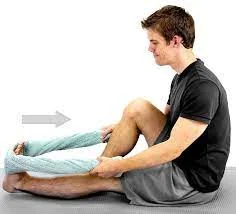
- With your back straight and your legs extended in front of you, take a seated position on the floor.
- Your back may lie against the wall.
- With your toes pointing in your direction, bend your ankle.
- Hold on for two minutes.
- Allow release
- Three to five times, repeat
Raising Calf
The calf muscles can also be strengthened with this workout.
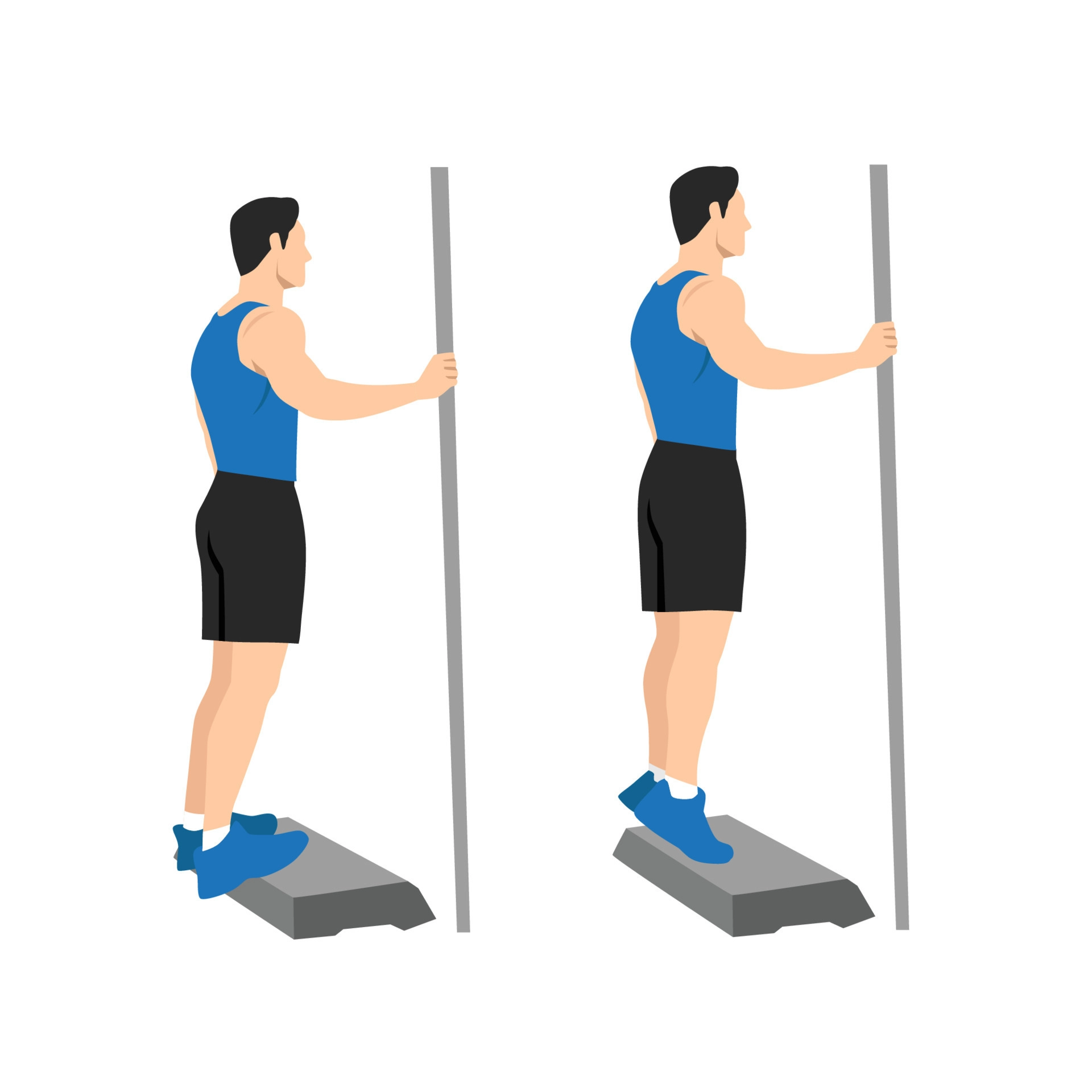
- Place yourself on the step or step bench’s edge.
- Just the balls of your feet should be on the bench; let your heel come off.
- Keep your toes pointed forward.
- Reduce your heel gradually until your calves start to stretch.
- For 20 seconds, maintain this posture.
- Go back to your toes standing position.
- You can grab onto something to keep yourself from falling.
Recovery Timeline
Grade 1 Mild Calf Strain
- Minor tear involving less than 10% of muscle fibers
- Little loss of strength or range of motion
- Typically heal in 1-3 weeks with proper treatment
- RICE, stretching, massage, light activity modification
Grade 2 Moderate Calf Strain
- More extensive damage of up to 90% of fibers
- Noticeable loss of strength and flexibility
- Heal in approximately 4-8 weeks
- Potential need for CAM boot, crutches, formal PT
Grade 3 Severe Calf Tear
- Complete muscle rupture or tear near the tendon
- Significant functional impairment
- Surgical repair is often required
- 2-3 months typical for complete recovery
- Higher recurrence risk requiring extended rehab
Prevention Strategies
- Properly warm up calf muscles before activity through dynamic stretches and gradual loading patterns.
- Increase training volume, distance, intensity, etc. gradually over longer periods. Avoid sudden spikes.
- Treat underlying calf tightness with consistent stretching, foam rolling, and massage to increase flexibility.
- Strengthen the calf and entire lower leg regularly to withstand high loads. Heel raises are excellent.
- Wear supportive shoes with adequate heel cushioning and stability for exercise. Replace shoes every 350-500 miles.
- Monitor fatigue and overtraining to avoid pushing calf muscles past their limits. Schedule off days.
- Maintain proper hydration and nutrition to support muscle recovery from demanding activity.
With a slow, steady return to activity after a calf strain, most people regain full function while adopting preventative strategies to avoid recurrence. Some modification may be necessary in high-risk sports if strains become chronic.
Complications
Re-Injury
Returning to intense activity before complete healing often causes repeat calf strains which prolong recovery. Repeated re-injury leads to chronic pain and impairment. Strict adherence to rehab protocols prevents re-aggravation.
Moderate or severe calf strains taking over 3 months to improve may still result in lingering discomfort and cramping during activity. While the muscle functionally restores, pain signals likely stem from small nerve damage or scar tissue accumulation.
Loss of Flexibility
Significant calf muscle scarring from a tear limits the range of motion long term. The ankle joint may lose full dorsiflexion mobility. Continued stretching helps deter stiffness but some shortening of the muscle occurs in severe strains.
Weakness
Persistent calf weakness after injury prevents a return to prior fitness levels, especially power and explosiveness. Full strength return requires patience even after the calf looks healed to avoid re-tearing.
Compartment Syndrome
Significant calf swelling and bleeding post-injury may increase pressure within the lower leg muscular compartments, compromising blood flow. This is an emergency requiring fasciotomies to relieve pressure.
DVT
A calf muscle tear could cause localized damage to a vein, allowing blood clot formation. Symptoms of calf swelling, pain, warmth, and redness may indicate an underlying DVT requiring urgent medical treatment.
Ruptured Achilles Tendon
Though rare, some degree of Achilles tendon damage accompanies severe, extensive calf tears involving the gastrocnemius muscle. This greatly reduces ankle push-off strength until surgically corrected.
Complex Regional Pain Syndrome
Unrelenting calf pain, swelling, skin changes, and weakness lasting months beyond the injury may indicate CRPS, an overactive nerve response. Aggressive physical therapy and medications provide relief.
Summary
Calf muscle strains are very prevalent in lower extremity injuries, especially in athletic populations. The two calf muscles – gastrocnemius and soleus – stabilize the ankle and propel the body forward via plantarflexion. When overloaded acutely or chronically, muscle fibers tear to varying degrees.
Mild to moderate calf strains cause lower leg pain, difficulty walking, swelling, and bruising. Most recover well with rest, ice, compression, elevation, and gradual restoration of flexibility and strength. Severe tears accompanied by hearing a “pop” require prompt evaluation for possible surgery.
While many calf strains improve with conservative treatment, complications sometimes arise either acutely or long-term. Compartment syndrome, DVT, Achilles tendon rupture, and CRPS all stem from severe calf trauma. Chronic issues like persistent pain, stiffness, cramping, and poor endurance relate to small nerve damage and scar tissue accumulation. Appropriate prevention measures take priority – stretching and strengthening calves to better tolerate sports demands and incremental load increases.
Treatment checkpoints demand careful progress modification to avoid reinjury and allow inflamed tissues to properly heal. Calf strains easily recur if a return to play happens prematurely before regaining flexibility and eccentric strength. Recovery from severe tears with surgery may take many months, especially adhering to post-op protocols. Some athletes modify sports participation long-term if strains become repetitive. With patience and care, calves rebuild enough strength to prevent future tears, although tiny areas of scar tissue remain vulnerable.
FAQs
How long does it take a minor calf strain to heal?
With appropriate treatment like icing, rest, compression, and light stretching, a grade 1 “pulled calf muscle” takes 1-3 weeks to recover full function.
When should you see a doctor for calf strain?
Seek medical evaluation immediately if you lose the ability to walk properly, have significant bruising or swelling over the calf, hear a “pop” at the time of injury, or have severe, unrelenting pain. These signs may indicate a complete calf tear.
How to speed up calf strain recovery?
Ensure proper RICE therapy for the first 72 hours post-injury. Gentle movements like the range of motion and strengthening exercises within pain tolerance also help, but any activity causing calf pain will prolong recovery timelines. Follow all physical therapy protocols religiously.
What are the best shoes to prevent calf injury?
Look for athletic shoes with ample heel cushioning, rearfoot stability, and a flexible curved sole allowing smooth transitions from heel strike through toe-off while walking or running. Replace shoes every 300-500 miles.
Will a calf tear heal without surgery?
It depends on severity – mild to moderate Grade 1 and 2 calf muscle strains often heal well conservatively over several weeks to months. Complete muscle ruptures or Grade 3 strains involving a lot of retraction may require surgery for the best outcome.
References
- Calf pain: 9 causes, treatment, and stretches. (n.d.). Calf Pain: 9 Causes, Treatment, and Stretches. https://www.medicalnewstoday.com/articles/321446
- M.Sc, MPH, A. L. (2020, January 10). Pulled Calf Muscle: Symptoms, Treatment And Recovery Time. 25 Doctors. https://www.25doctors.com/pulled-calf-muscle
- C. (n.d.). Pulled Calf Muscle: Treatment, Symptoms & Recovery. Cleveland Clinic. https://my.clevelandclinic.org/health/diseases/21558-pulled-calf-muscle
- Is Your Calf Muscle Pain Just a Strain or Something Else? (2022, October 31). Verywell Health. https://www.verywellhealth.com/calf-muscle-pain-strain-or-pull-3120486
- What to Do About Calf Pain: Causes and Treatment. (n.d.). What to Do About Calf Pain: Causes and Treatment. https://www.healthline.com/health/calf-pain

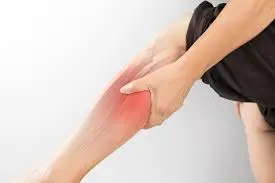
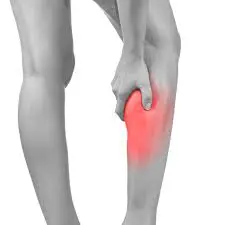
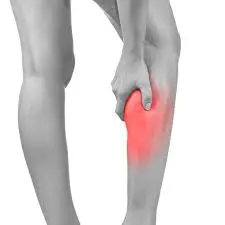
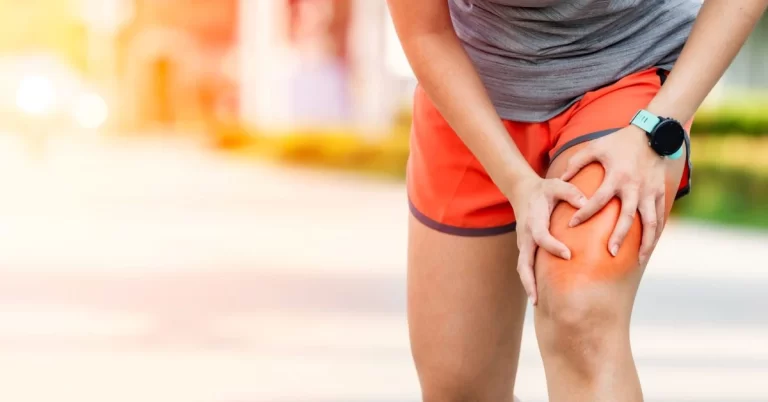
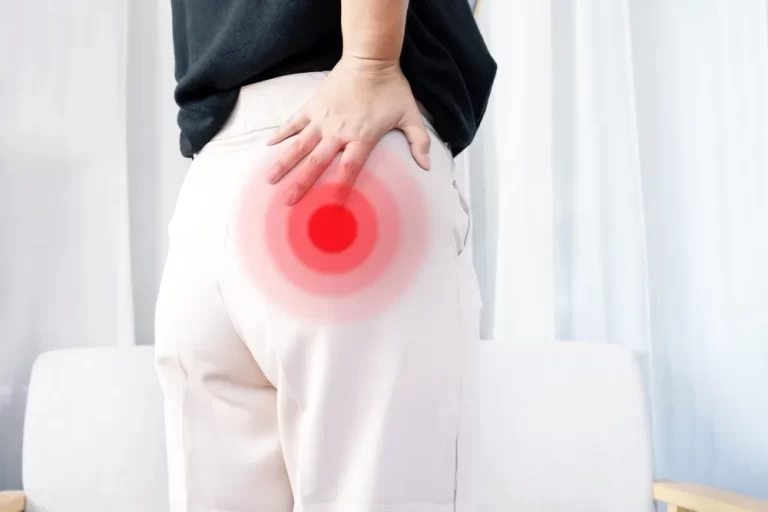
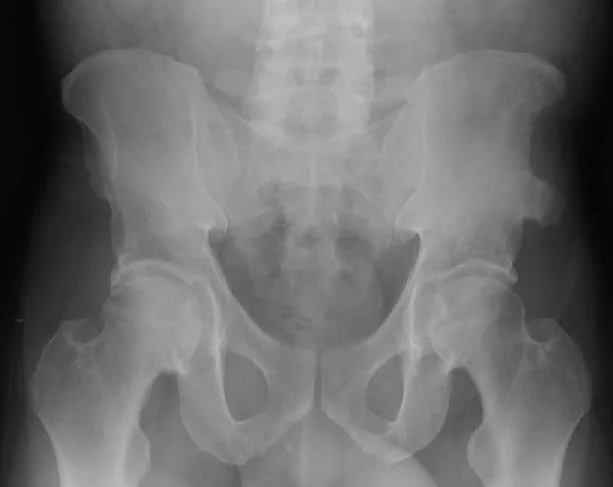
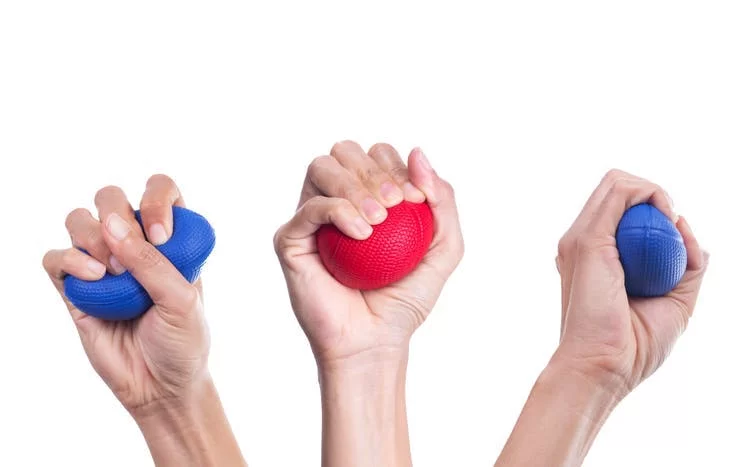
One Comment